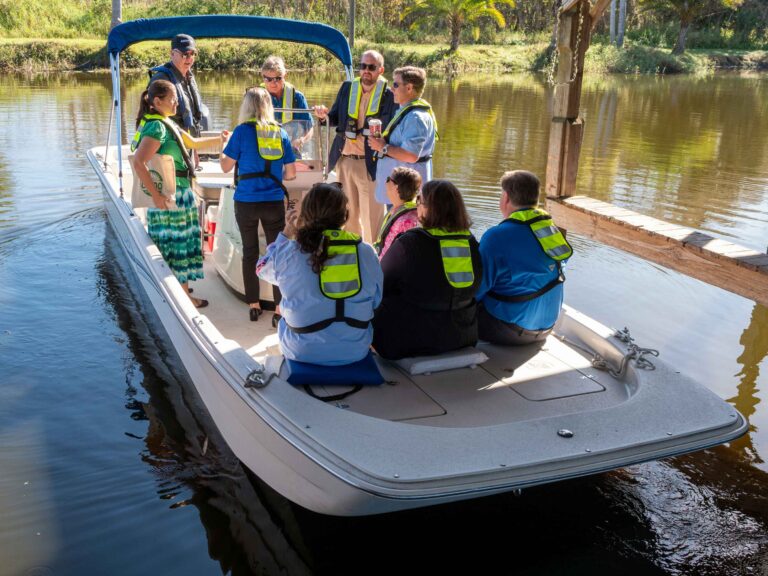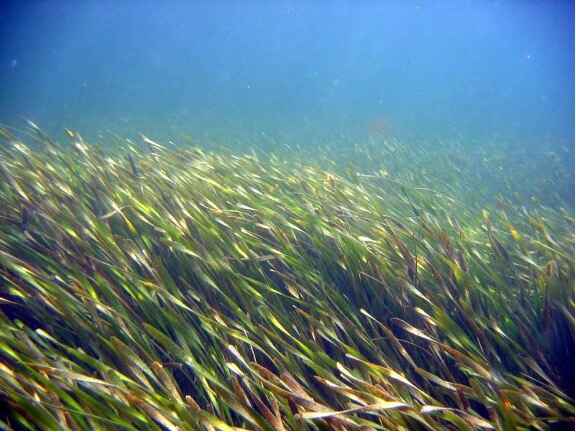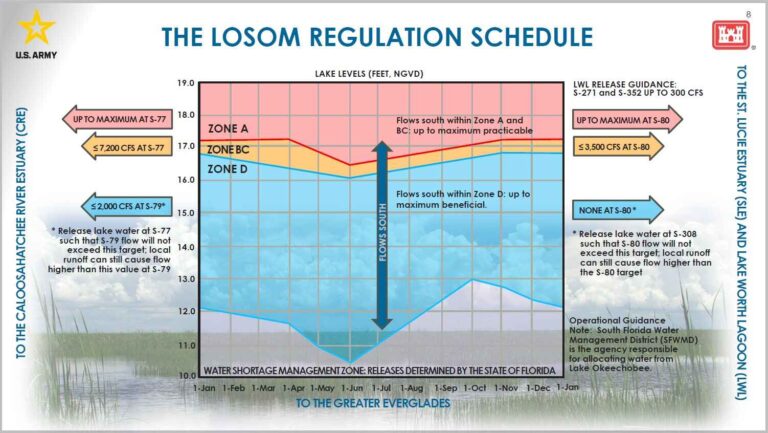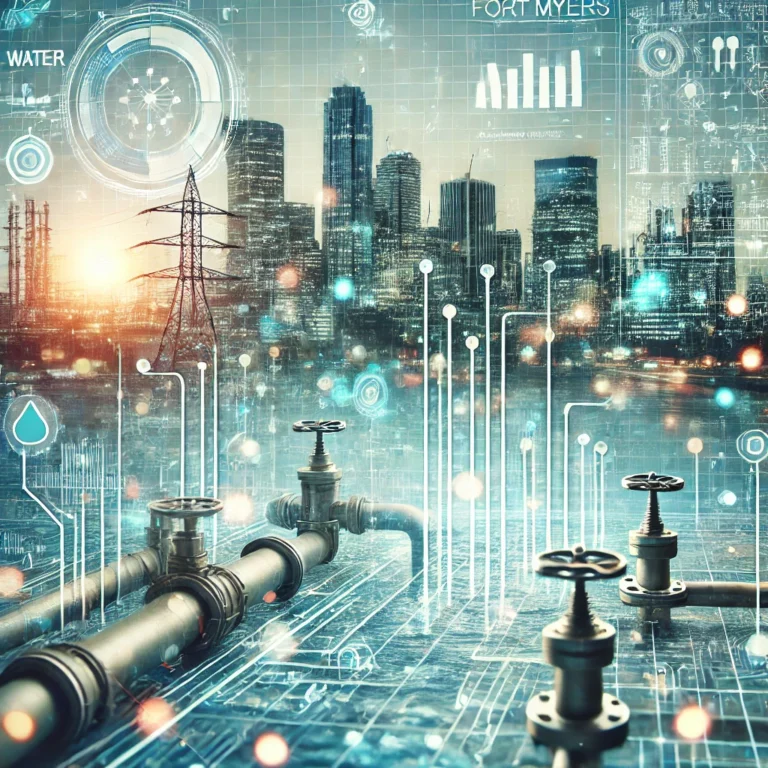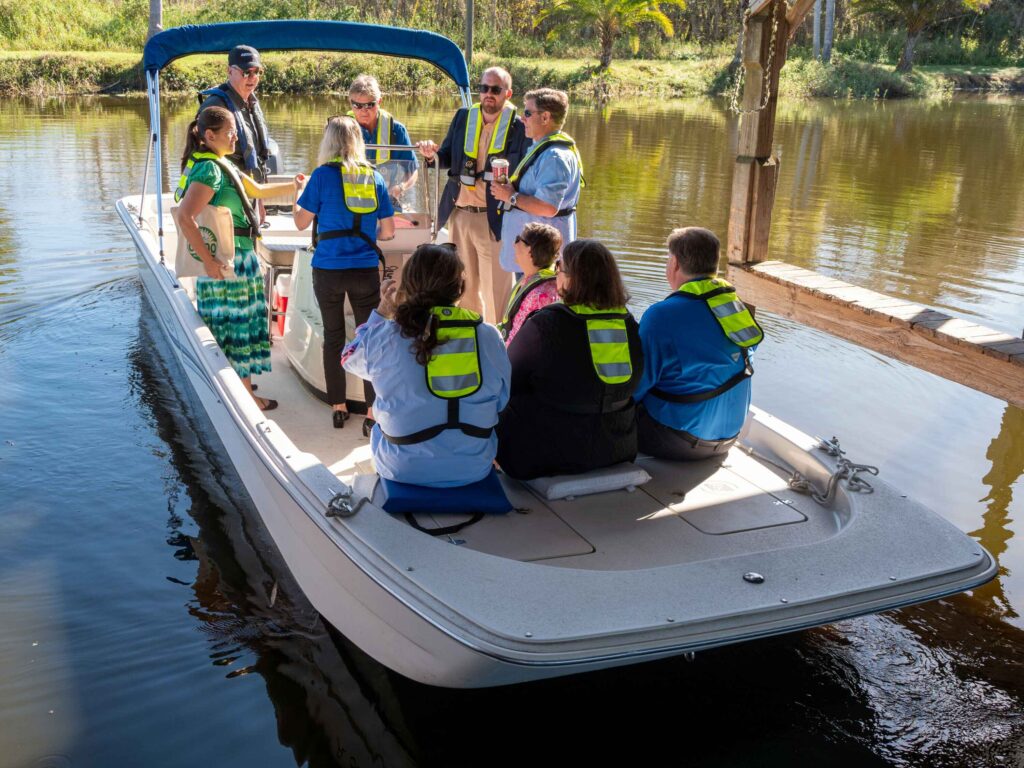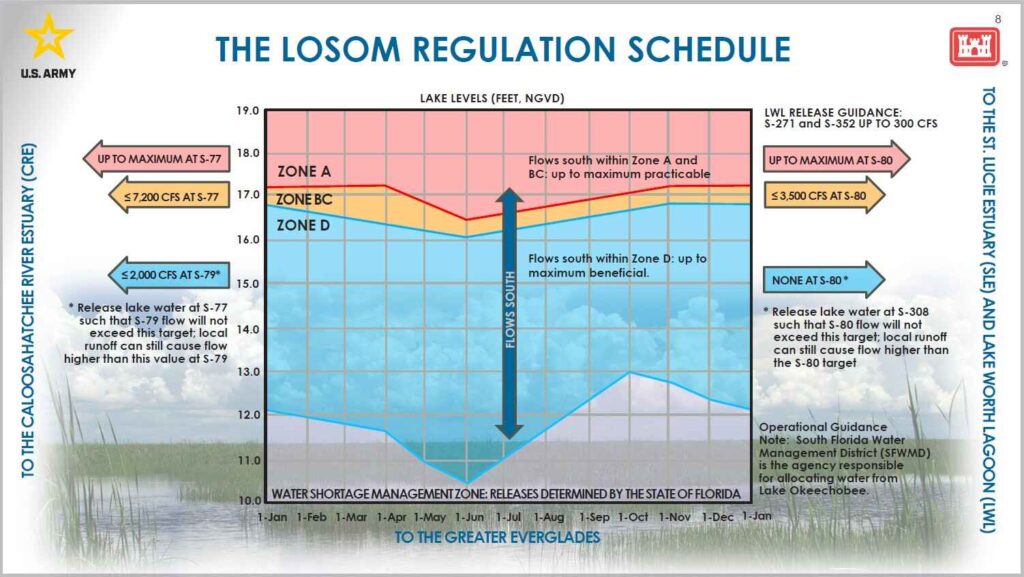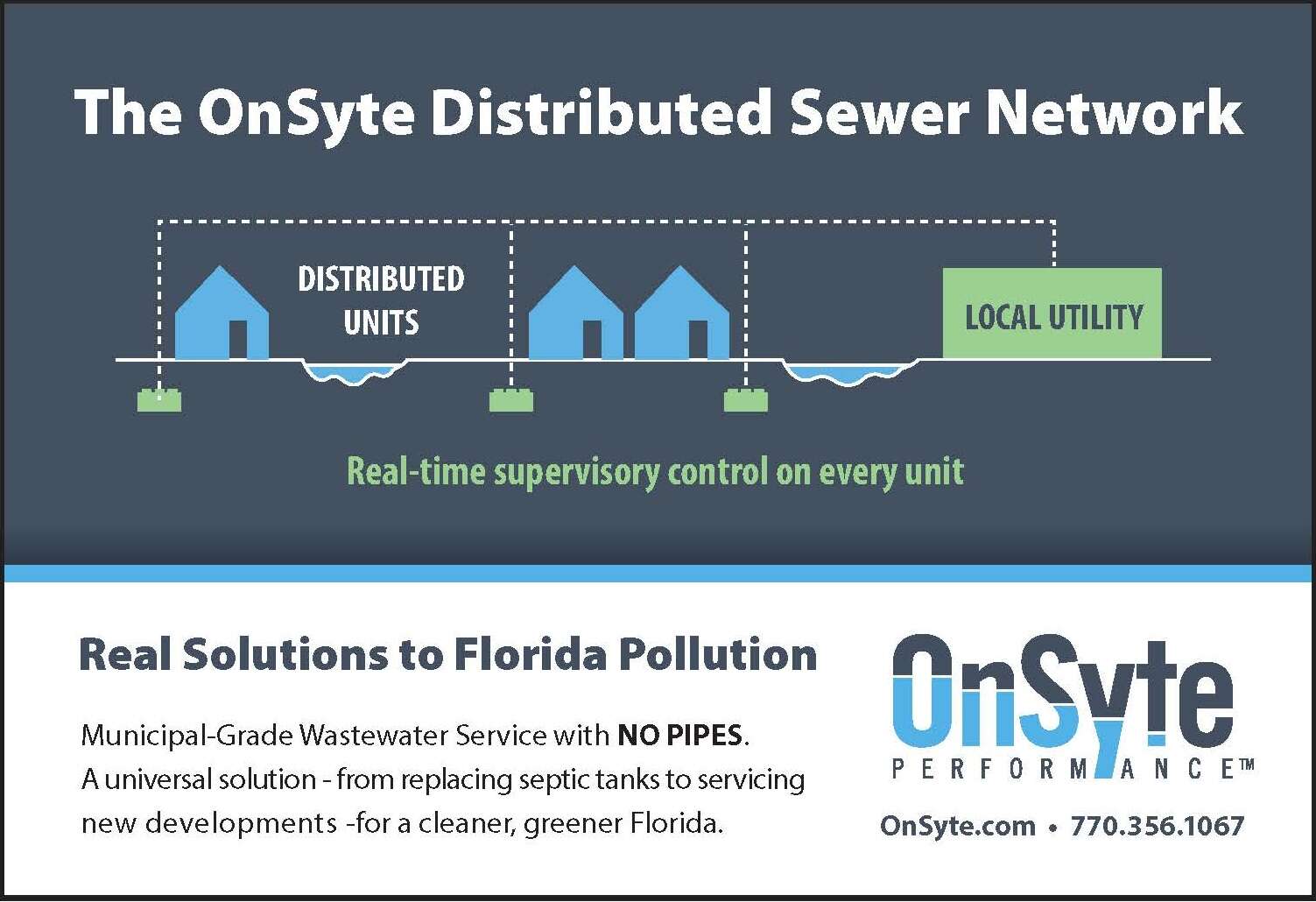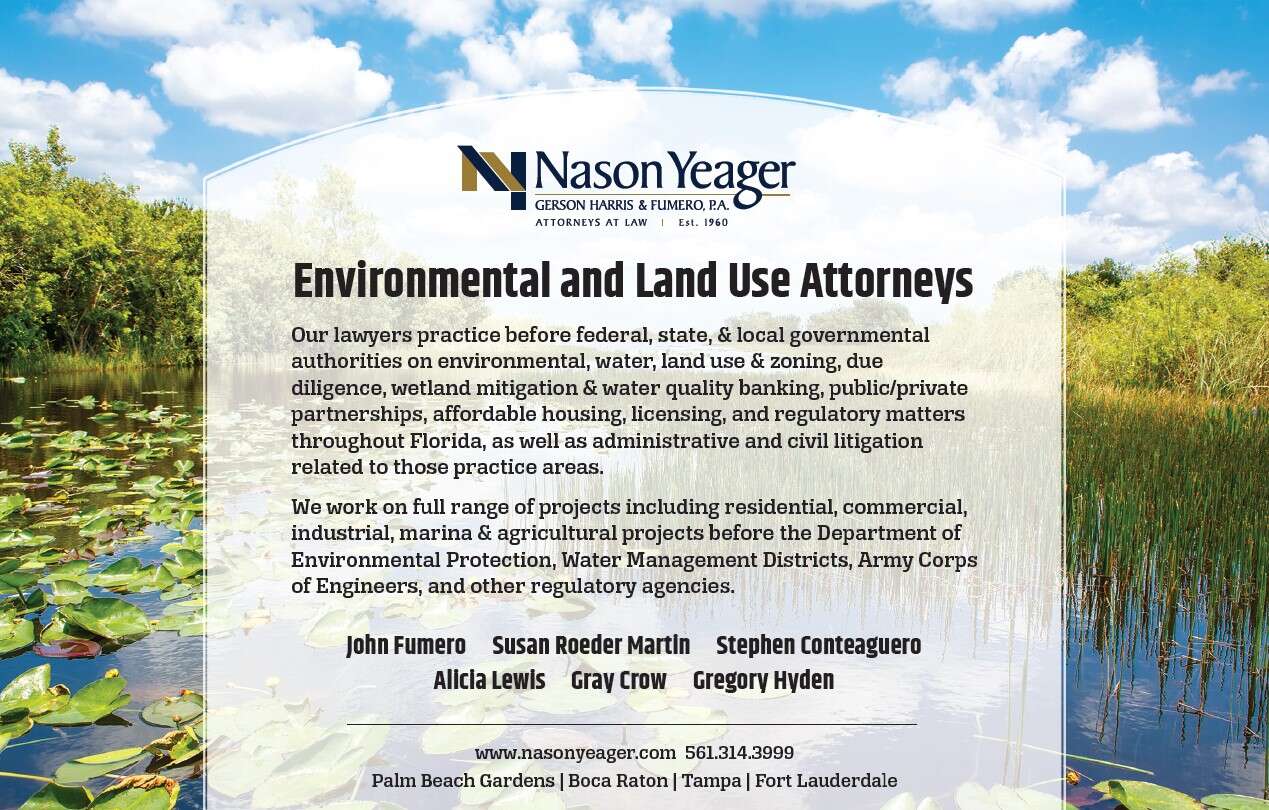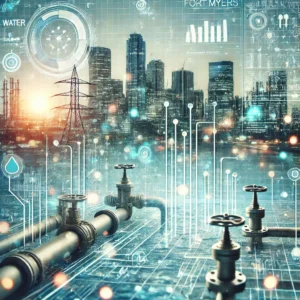
By LINA ALFIERI STERN
When Jason Sciandra was hired by the city of Fort Myers as the city’s Utilities Engineer in November of 2022, he was faced with a consent order to improve the city’s aging infrastructure and provide a clear direction for short, medium, and long-term capital improvements and management strategies.
According to the 2020 U.S. Census, Fort Myers’ population had increased by 38.5 percent over the 10 years prior and, like many municipalities, the city faced challenges providing its residents with services. Charged with designing and implementing a Capital Improvement Plan, Sciandra started working with consulting firm GHD with the intention of spearheading the adoption of new technology to address the challenges.
To solve problems, the team created a platform that uses artificial intelligence to analyze data from different frameworks to inform decisions on maintenance and operational efforts. These frameworks include data points related to capital planning, risk management, asset age and expected longevity, financial resources, and project prioritization, among others. The result is a capital improvement plan for the city that is based on scientific inputs and aligned with optimizing funding.
“The City of Fort Myers’ vision is to be the best municipal utilities provider in our region and each year we experience increased pressure to do more with less,” Sciandra said. “Technologies like the AI application we are developing will allow us to better allocate our limited resources.”
Artificial Intelligence (AI) and its applications have grown tremendously in the most recent years. These technologies are used across many sectors of the environmental industry and have already transformed and advanced our approaches to environmental sustainability. AI, also known as machine learning, refers to the development of computer systems that can perform tasks that typically require human intelligence, such as visual perception, speech recognition, decision-making, game playing, and language translation. The theory behind AI involves using algorithms and machine learning techniques to enable computers to learn from data, recognize patterns, and make decisions or predictions. From energy efficiency to biodiversity conservation, AI is proving to be a powerful tool in achieving a sustainable future.
The University of Florida is ranked among the best U.S. Schools for AI, offering courses of study in AI across all disciplines and even boasting one of the largest computers in the country focused on AI computations, the GATORTRON. At UF’s Institute of Food and agricultural Sciences (IFAS), scientists are using technologies such as drones, satellite imagery, and sensors to improve crop management. Examples include detecting tomato diseases with drones, assessing plant health with AI, and reducing pesticide use with computer vision. By analyzing soil data, predicting crop yields, and identifying pest and disease outbreaks, AI can help farmers optimize their crop production while reducing the use of pesticides and fertilizers as well as labor. For example, Tampa-based Harvest CROO Robotics is addressing labor shortages by providing a service that automates harvesting and packing of strawberry crops.
There are many other ways machine learning is being deployed in environmental applications.
AI is improving outcomes in energy efficiency. By analyzing energy usage patterns and optimizing energy consumption, AI can help reduce energy waste and lower carbon emissions. For example, using smart meters and real-time sensors that can not only alert but also react to changing conditions, many large building managers now operate fully automated systems that work dynamically with changes in time of day, seasons, number of occupants, and outside weather, to name a few variables. Sensors can monitor various factors in a structure, such as sunlight, human traffic, temperature, and humidity, to optimize lighting and air conditioning systems. Air conditioning and heating systems can adjust power settings based on sensor data.
The industry around these so-called smart buildings is rapidly increasing, and universities, such as the Florida Institute of Technology for example, offer increasingly popular degreed areas of study in Smart Construction. Many of these technologies are on display at the Carrier Center for Intelligent Buildings in Palm Beach Gardens, where visitors can interact with various installed technologies to learn about the featured solutions.
As in the Fort Myers case, artificial intelligence can help run utility energy grids and water infrastructure systems, including pinpointing areas requiring maintenance. According to national studies, an average of 14 percent of treated water is lost due to leaks, with some municipal locations reporting losses of 60 percent and higher. Electricity losses are estimated by the Department of Energy to be around five percent.
AI can aid in biodiversity conservation. By facilitating the gathering and investigating of data on species populations, habitats, and threats, artificial intelligence is being used to help inform conservation strategies and improve understanding of the complex relationships between different species and their environments. AI can compute and develop scenarios based on likely outcomes to different intervention strategies, providing invaluable feedback to scientists and policy makers alike.
As artificial intelligence implementation continues to advance and become more integrated into industry and people’s daily lives, it’s essential to understand the risks it poses and take steps to mitigate them. While there are benefits, machine learning can create excessive energy consumption, e-waste from discarded computers and equipment, privacy and security issues, worker displacements, and human-induced bias and discrimination caused by faulty programming.
To mitigate these biases and get accurate outcomes, it’s essential to train and calibrate machine learning models properly. This involves using diverse and representative data sets, employing appropriate algorithms and techniques, and regularly monitoring and testing the model’s performance.


